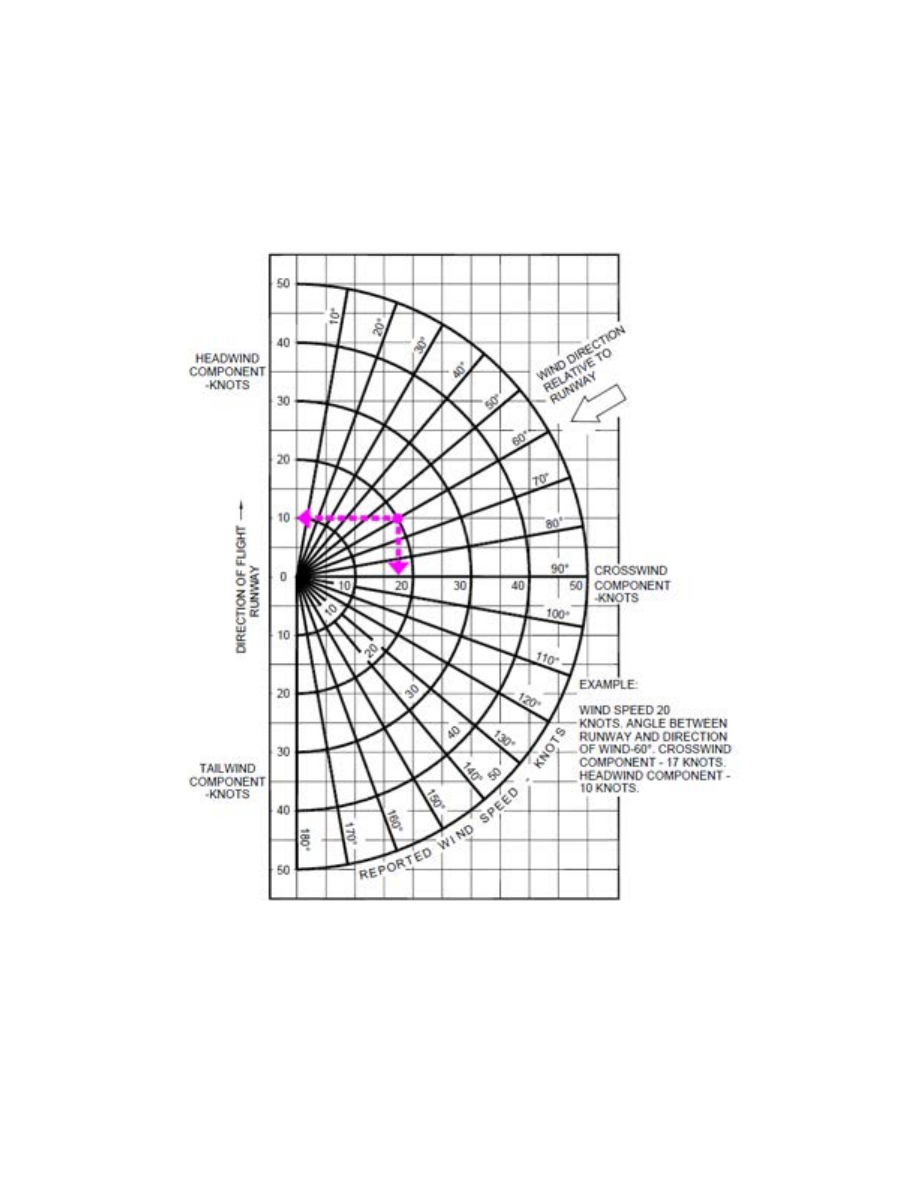
AIM
4/20/23
(d)
Present weather consisting of: sky condition, temperature, dew point, altimeter, a density altitude
advisory when appropriate, and other pertinent remarks included in the official weather observation
5.
Instrument approach and runway in use.
The ceiling/sky condition, visibility, and obstructions to vision may be omitted from the ATIS broadcast if the
ceiling is above 5,000 feet and the visibility is more than 5 miles. The departure runway will only be given if
different from the landing runway except at locations having a separate ATIS for departure. The broadcast may
include the appropriate frequency and instructions for VFR arrivals to make initial contact with approach control.
Pilots of aircraft arriving or departing the terminal area can receive the continuous ATIS broadcast at times when
cockpit duties are least pressing and listen to as many repeats as desired. ATIS broadcast must be updated upon
the receipt of any official hourly and special weather. A new recording will also be made when there is a change
in other pertinent data such as runway change, instrument approach in use, etc.
EXAMPLE
−
Dulles International information Sierra. One four zero zero zulu. Wind three five zero at eight. Visibility one zero. Ceiling
four thousand five hundred broken. Temperature three four. Dew point two eight. Altimeter three zero one zero. ILS runway
one right approach in use. Departing runway three zero. Advise on initial contact you have information sierra.
c.
Pilots should listen to ATIS broadcasts whenever ATIS is in operation.
d.
Pilots should notify controllers on initial contact that they have received the ATIS broadcast by repeating
the alphabetical code word appended to the broadcast.
EXAMPLE
−
“Information Sierra received.”
e.
When a pilot acknowledges receipt of the ATIS broadcast, controllers may omit those items contained in
the broadcast if they are current. Rapidly changing conditions will be issued by ATC and the ATIS will contain
words as follows:
EXAMPLE
−
“Latest ceiling/visibility/altimeter/wind/(other conditions) will be issued by approach control/tower.”
NOTE
−
The absence of a sky condition or ceiling and/or visibility on ATIS indicates a sky condition or ceiling of 5,000 feet or above
and visibility of 5 miles or more. A remark may be made on the broadcast, “the weather is better than 5000 and 5,” or the
existing weather may be broadcast.
f.
Controllers will issue pertinent information to pilots who do not acknowledge receipt of a broadcast or who
acknowledge receipt of a broadcast which is not current.
g.
To serve frequency limited aircraft, FSSs are equipped to transmit on the omnirange frequency at most en
route VORs used as ATIS voice outlets. Such communication interrupts the ATIS broadcast. Pilots of aircraft
equipped to receive on other FSS frequencies are encouraged to do so in order that these override transmissions
may be kept to an absolute minimum.
h.
While it is a good operating practice for pilots to make use of the ATIS broadcast where it is available, some
pilots use the phrase “have numbers” in communications with the control tower. Use of this phrase means that
the pilot has received wind, runway, and altimeter information ONLY and the tower does not have to repeat this
information. It does not indicate receipt of the ATIS broadcast and should never be used for this purpose.
4
−
1
−
14. Automatic Flight Information Service (AFIS)
−
Alaska FSSs Only
a.
AFIS is the continuous broadcast of recorded non
−
control information at airports in Alaska where an FSS
provides local airport advisory service. Its purpose is to improve FSS specialist efficiency by reducing frequency
congestion on the local airport advisory frequency.
1.
The AFIS broadcast will automate the repetitive transmission of essential but routine information (for
example, weather, favored runway, braking action, airport NOTAMs, etc.). The information is continuously
broadcast over a discrete VHF radio frequency (usually the ASOS frequency).
Services Available to Pilots
4
−
1
−
10